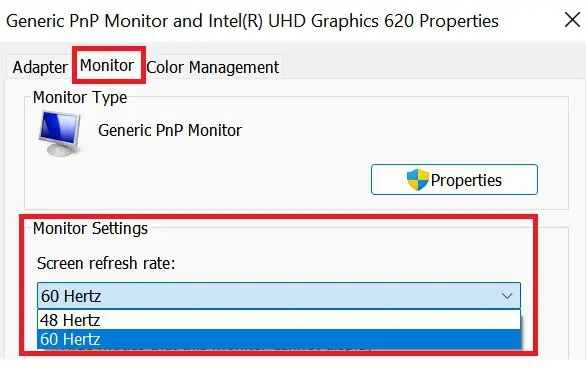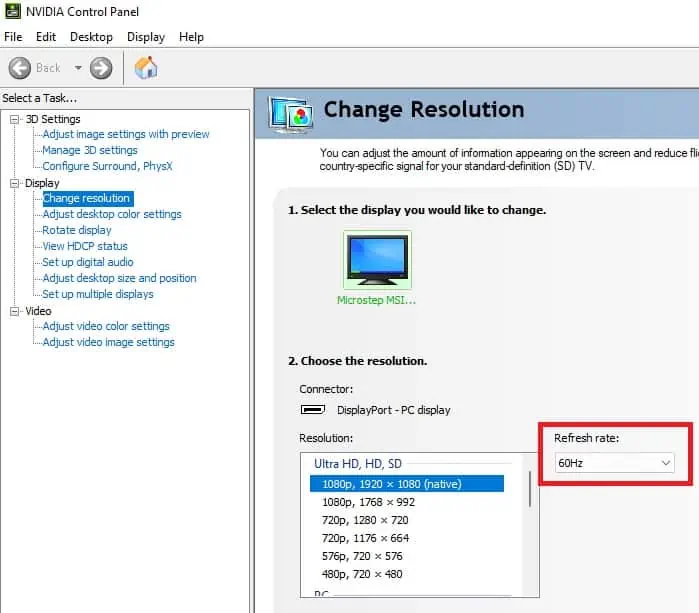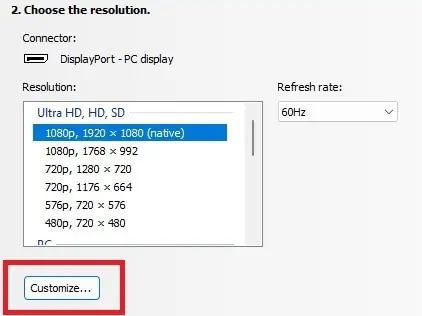Do you have a monitor that supports 144 Hz, but you’re still not getting the smoothness you expect? This is probably because of some settings or wire faults.
But you don’t need to worry, as certain tweaks can easily help you set your monitor to 144 Hz. In this article, you will learn the step-by-step process of how to do it on Windows 11.
Windows 11 has dedicated display settings that can help set up the right refresh rate for your PC. However, this won’t be possible if you’re using an unsupportive cable or your monitor isn’t compatible with a higher refresh rate.

In this section, we provide a simple guide on how to set the monitor to 144 Hz from Windows Display Settings.
Check if Your Monitor Supports 144 Hz Refresh Rate
The first step is to find out if your monitor supports 144 Hz. If it doesn’t, you will have to get a new monitor compatible with the high refresh rate.
Here’s how you may check whether your display device supports 144 Hz on Windows 11:

If you do not see 144 Hz, it’s because your screen doesn’t support this refresh rate. But, if you bought a monitor that actually supports 144 Hz, some other issues might prevent you from setting the refresh rate.
Use the Right Cables that Support 144 Hz
Even if your monitor supports 144 Hz, some outdated cables may not support it. Hence, the second step to consider is checking whether your wires support 144 Hz or not.
Well, we are all familiar with HDMI cables, and most of us use them to connect our displays. However, if you’re using HDMI 1.3 or previous versions, you cannot set your monitor to 144 Hz.

If you’re looking for detailed information to find out if HDMI supports 144 Hz, you may check out our other post.
Moreover, you may useDisplayPort 1.2 or dual-link DVIcables as they both support 144 Hz. Unfortunately, the older VGA cables are incompatible with the refresh rate we seek.
Tweak Display Settings
The final step is to make changes to the display settings. Go through the guide below to learn how you may do just that:




